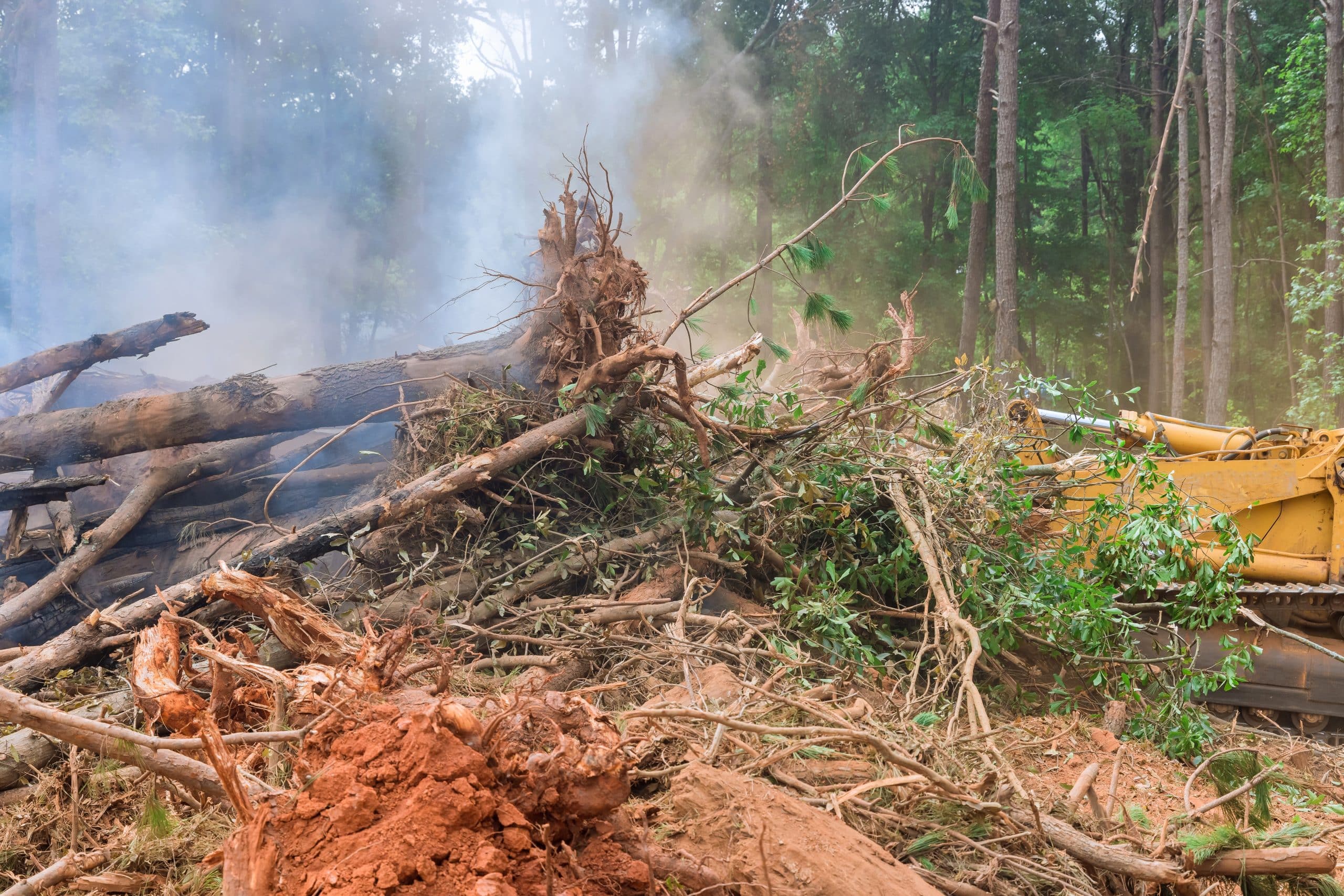How to Develop a Comprehensive Pet Evacuation Plan for Natural Disasters?

Our pets bring us immense joy, companionship, and unconditional love. But when a natural disaster strikes, it’s a heart-wrenching scenario for most pet owners who find themselves unprepared. It’s essential to have a comprehensive pet evacuation plan to ensure the safety and well-being of our beloved companions during these challenging times. In this guide, we’ll be walking you through key steps to create a full-fledged pet evacuation plan for natural disasters.
Understand the Risks Involved
Before we dive into the evacuation plan, it’s necessary to understand the potential risks your pet may face during a natural disaster. This will help you tailor your plan to combat those risks efficiently.
A lire aussi : What Are the Best Cooling and Heating Solutions for Exotic Pets in Captivity?
Natural disasters take many forms like hurricanes, wildfires, earthquakes, or floods. Each disaster presents a unique set of challenges for pets. For instance, during a flood, the primary risk for pets might be drowning or hypothermia, whereas, a wildfire could lead to burns or smoke inhalation. Understanding these risks will enable you to take appropriate measures to limit your pet’s exposure to these dangers.
Research about the common natural disasters in your region and study how they affect animals. You can use this information to create an efficient evacuation plan.
Dans le meme genre : How to Effectively Use Barrier Training to Keep Pets Safe in the Home?
Create a Pet-Friendly Disaster Kit
One aspect of an effective evacuation plan is having a well-stocked disaster kit for your pet. This kit should contain essential items like food, water, medicine, and comfort items that will make your pet’s journey during evacuation considerably less stressful.
Start by packing a minimum of a week’s supply of food and water for your pet. Moreover, remember to include any prescription medications, a leash, and a carrier. Also, pack a few comfort items like their favorite toy or blanket to provide a sense of familiarity and comfort amidst the chaos.
Don’t forget to include a first-aid kit stocked with bandages, antiseptic, and a tick remover among other items. Lastly, your disaster kit should contain up-to-date medical records and identification tags to help others identify and care for your pet if you’re separated.
Identify Safe Places to Take Your Pet
In the face of a natural disaster, knowing where you can take your pet ahead of time will relieve a lot of stress. Whether it’s a pet-friendly hotel, a relative’s home, or a pre-identified pet shelter, having a safe place in mind will considerably streamline your evacuation process.
Research pet-friendly hotels and accommodations along your planned evacuation route. Contact local animal shelters, veterinary clinics, or boarding facilities to understand their policies during disasters. Having a list of places where your pet can be safe will save you valuable time during an actual emergency.
Train Your Pet for Evacuations
Training your pet to respond to emergency situations can significantly increase their chances of survival. This includes crate training, leash training, and even teaching them to respond to basic commands.
Crate training is vital, especially for cats, as it can keep them safe during transportation. Leash training is equally important as it helps maintain control over your pet amidst the chaos. Basic commands like "come", "stay", and "leave it" can be lifesavers during emergencies.
Remember, training should be a gradual process, so start early and make it a part of your pet’s daily routine.
Keep Your Pet’s Information Updated
Having your pet’s information updated and easily accessible is crucial during a disaster. This includes identification tags, microchip information, and medical records.
Ensure that your pet wears an identification tag with your current contact information. If your pet is microchipped, make sure the registration details are up-to-date. Keep a copy of your pet’s medical records, vaccination history, and any prescription medications in your disaster kit.
Following these steps will help you create a comprehensive pet evacuation plan, ensuring your pet’s safety during natural disasters. Start planning today because when disaster strikes, every minute counts. Remember, your pets depend on you for their safety, so let’s make their safety a priority.
Develop a Communication Strategy
Having a communication strategy in place is a vital part of any pet evacuation plan. This includes setting up a system to communicate with family members, neighbors, or pet sitters who may be responsible for your pets in your absence.
Start by sharing your pet evacuation plan with the people you trust and who are likely to be in contact with your pets. This could be a family member, a close friend, or a pet sitter. Make sure they are familiar with the steps that need to be taken during an evacuation, and know where your pet disaster kit is located.
In addition to that, always maintain a list of emergency contacts. This list should include your veterinarian, local animal shelter, and animal control. It’s also crucial to have the contact details of pet-friendly accommodations or emergency pet shelters.
Furthermore, in today’s digital age, leverage technology to communicate effectively during disasters. There are several pet finder apps and services that can help you locate your pet in case you get separated. Some apps also provide real-time updates on natural disasters, which could prove to be invaluable.
Finally, if you have to leave your home without your pet, place a pet rescue alert sticker on your front door or window. This sticker should include the types and number of pets in your home, your veterinarian’s contact information, and your contact details. This will inform rescue workers that there are pets inside your home.
Conclusion
Natural disasters are unpredictable and can happen at any time. Having a comprehensive pet evacuation plan in place is imperative to ensure that your pet can safely navigate through these incidents. This plan involves understanding the potential risks, creating a pet-friendly disaster kit, identifying safe places for your pet, training your pet for evacuations, keeping your pet’s information updated, and developing a communication strategy.
Remember, the goal is not just to survive the disaster, but to do so with as little stress and fear as possible both for you and your pet. Therefore, start planning today, because preparation is the key to dealing with any disaster. Our pets are an integral part of our family, their safety and well-being should be as high a priority as any member of the family.
In the end, it’s not just about having a plan, but also about practicing and revising it regularly. After all, a plan is only effective when implemented correctly. So, keep updating your plan as needed, and ensure everyone involved knows their role. That way, when the inevitable happens, you will be ready to keep your furry friends safe.
